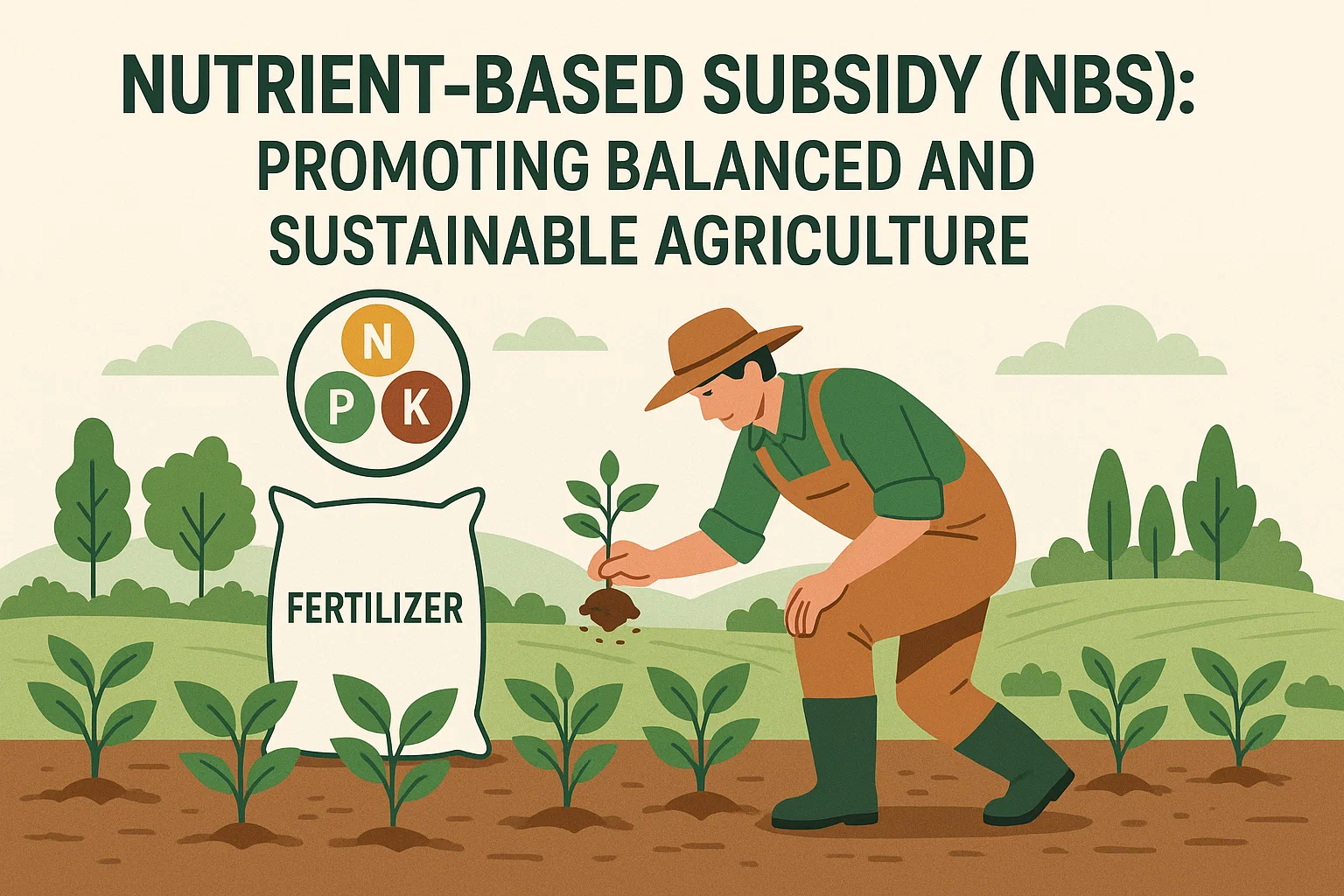Font size:
Print
Pollution of Rivers due to Industrial Effluents
Context:
Rivers in the country are primarily polluted due to the discharge of untreated and partially treated sewage from cities and towns, as well as industrial effluents, as informed by Union Minister of State for Jal Sakti.
More on news:
- Additional pollution sources include poor operation and maintenance of sewage and effluent treatment plants, lack of dilution, agricultural runoff, open defecation, and runoff from solid waste dump sites.
- Cleaning dams faces challenges including the large volume and weight of sediment, ecosystem disruption, remote locations, costly technology, and regulatory issues.
- It is primarily the responsibility of States, Union Territories (UTs), urban local bodies, and industrial units to ensure that sewage and industrial effluents are adequately treated before being discharged into rivers, other water bodies, land, or coastal waters.
- This is essential for the prevention and control of pollution.

Government Efforts:
- The Dam Rehabilitation and Improvement Project (DRIP) Phase II & III Scheme (2021-31) is currently addressing the need for de-siltation of reservoirs.
- Namami Gange Program: The Ministry of Jal Shakti is providing financial and technical assistance to support the States and UTs in abating pollution in the Ganga and its tributaries.
- Under this program, 467 projects have been sanctioned, including 200 projects for sewage treatment with a total capacity of 6217.15 million litres per day (MLD) and a sewer network spanning 5282.39 kilometres.
- The total cost of these projects is Rs. 39,080.70 crore, with a created sewage treatment capacity of 3241.55 MLD.
- National River Conservation Plan (NRCP): This scheme has covered 53 rivers in 98 towns across 17 States with a sanctioned cost of Rs. 8649.67 crore.
- It has resulted in the creation of a sewage treatment capacity of 2910.50 MLD.
- Sewerage infrastructure projects funded by the Government of India under programs such as the Atal Mission for Rejuvenation & Urban Transformation (AMRUT) and the Smart Cities Mission of the Ministry of Housing & Urban Affairs also contribute to river cleaning efforts.
Centrally Sponsored Schemes – Jal Shakti Department:
- Jal Jeevan Mission (JJM).
- Pradhan Mantri Krishi Sinchayee Yojana (PMKSY) – Har Khet Ko Pani (HKKP).
- Pradhan Mantri Krishi Sinchayee Yojana (PMKSY) – Accelerated Irrigation Benefit Programme (AIBP).
- Flood Management and Border Areas Programme (FMBAP).
- Rural Infrastructure Development Fund (RIDF) under NABARD.
River pollution can have severe negative impacts on aquatic ecosystems:
- Harm to Aquatic Life: Toxic pollutants cause deformities and death in fish and birds, ex– 2021 Los Angeles oil spill.
- Oxygen Depletion: Algae growth from pollutants depletes oxygen, creating “dead zones.”
- Habitat Destruction: Pollutants damage aquatic habitats and block light and nutrients.
- Disruption of Food Webs: Pollution causes imbalances in species and contaminates the food chain.
- Human Health Threats: Polluted water spreads diseases and causes health issues like skin rashes and respiratory infections.
Giving Life to Ecosystem of Indian Rivers: Case of Swachh Sabarmati (Cleaning River Sabarmati in Gujarat):
|



